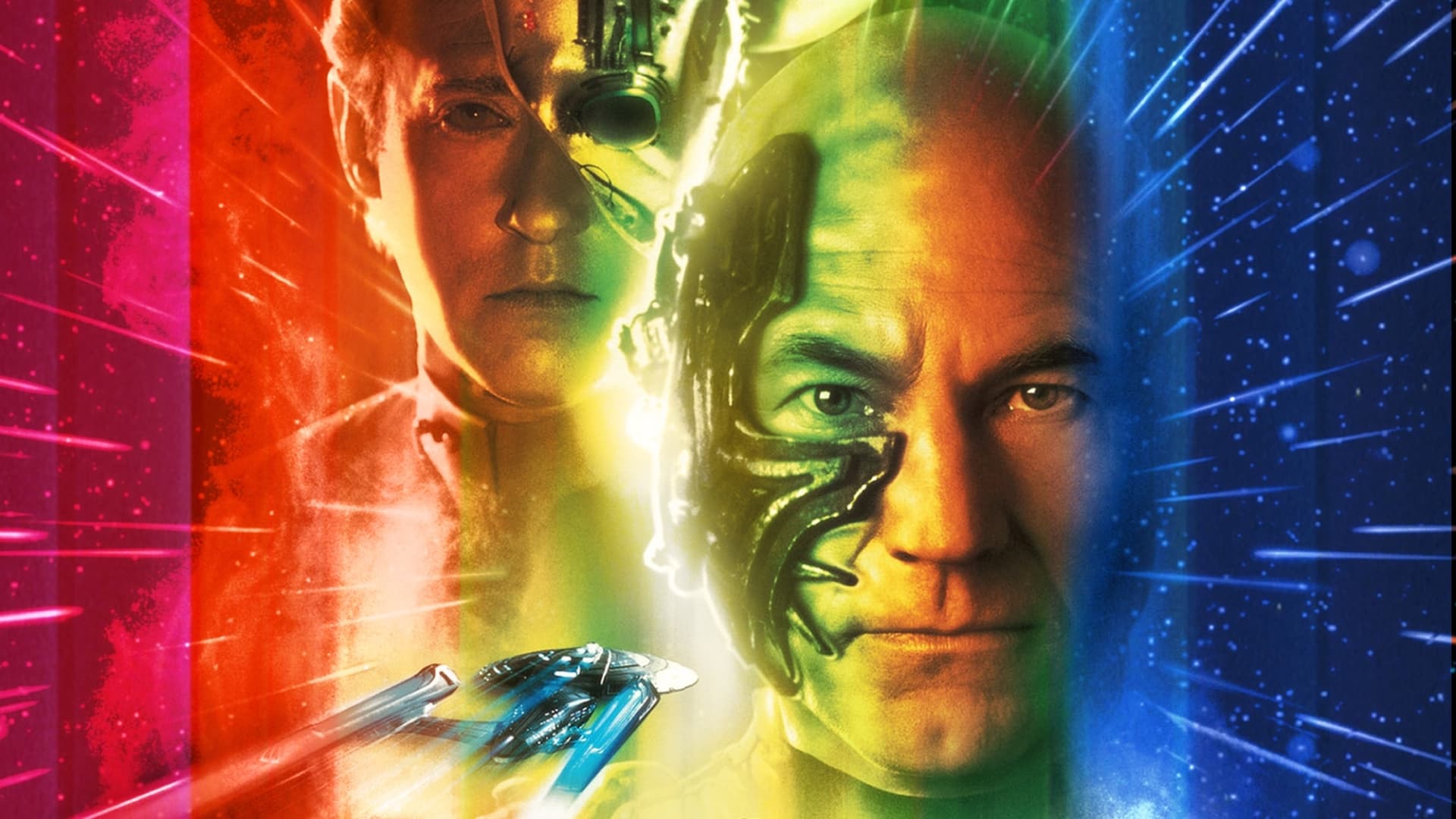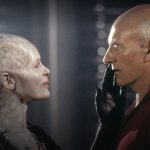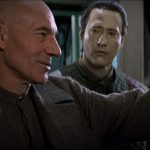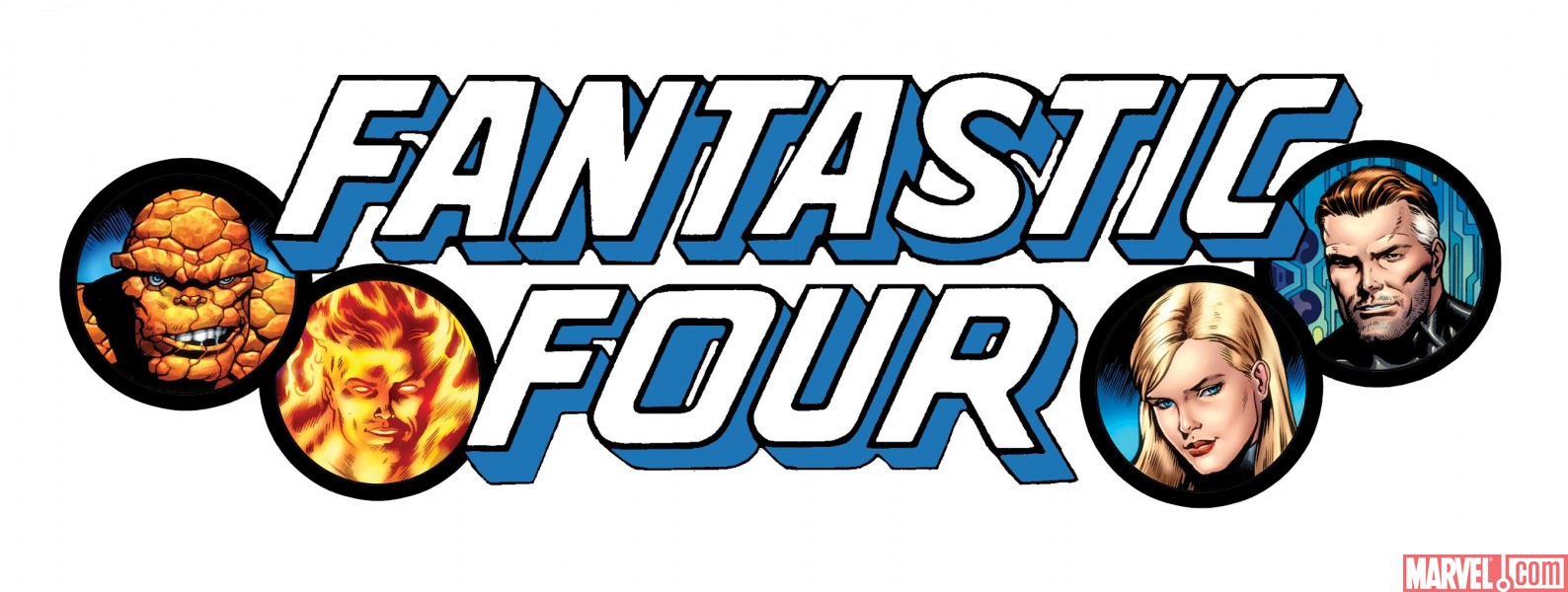Overview
The Borg, a relentless race of cyborgs, are on a direct course for Earth. Violating orders to stay away from the battle, Captain Picard and the crew of the newly-commissioned USS Enterprise E pursue the Borg back in time to prevent the invaders from changing Federation history and assimilating the galaxy.
Widely considered the best of the Next Generation outings on the big screen, Star Trek First Contact plays like a horror film in space, with the Borg basically being a zombie army for the crew to oppose. The film saw Jonathan Frakes step behind the camera to direct, a move which the studio was uncertain of but one which turned out to be exactly what the franchise needed.
The Borg were always a popular villain in TNG, so it was perhaps inevitable that they would appeal in a big screen outing, resulting in a definite high point in the franchise, and a film which can be embraced by fans and casual cinema-goers alike.
The film opens with a marvellously disturbing dream sequence, where Picard recalls his time in the collective as Locutus, before moving into a stunning space battle as another Borg cube has entered Federation space and is being taken out by the fleet. This, thankfully, gives an opportunity to bring Worf back onto Enterprise (he was stationed on Deep Space 9 at this point, but the convenient use of the USS Defiant being in the battle allows the transfer over for the film). As the cube is destroyed, a Borg sphere exits it and opens up a temporal vortex. Enterprise gets caught in the stream left behind, and witnesses Earth change to a Borg infested planet. The Borg have gone into the past and changed history, so it is up to Picard and crew to follow and stop them. The time they appear at is the day before the first warp travel by Zefram Cochran, and if the crew don’t intervene, that fateful flight which led to first contact with the Vulcan race will never occur.
Frakes was no stranger to directing, having marked up 8 episodes of Next Generation through the years, and a scattering of other Trek episodes on DS9 and Voyager, but this was his first venture in big screen directing, and so many people anticipated failure. Taking ten weeks to get used to shooting for cinema rather than TV, Frakes refined his skills and it shows. The film is one of the best looking in the series, with expert use of lighting and framing to convey moments. From that aforementioned dream sequence to the dark and twisted angles when the Borg have control of decks of the ship, to the lighter moments on the surface of Earth, each scene works well, and the cast are given space within them to work their roles.
On the subject of the cast, the crew are well immersed in their parts by this point, and the characters generally relegated to the side-lines, such as Troi and Crusher, are given their own moments to shine. Patrick Stewart and Brent Spiner, as always, steal the film out from the rest of the cast, and provide the primary focus for the Borg plot-line. Small cameo roles for Dwight Schultz as Reg Barclay, Robert Picardo as another Emergency Hologram doctor, and even Ethan Phillips, add some light humour to the darker proceedings. Support cast are finely picked, especially James Cromwell who imbues Cochran with a level of humanity and humbleness, and pulls off his bewilderment at these future travellers around him with ease. Not forgetting Alice Krige as the Borg Queen, an individual mind in control of the hive.
Jerry Goldsmith returns to score the film, bringing his son, Joel, along to assist, and once again we get a soundtrack that fits perfectly, and encapsulates the mood throughout.
First Contact is a great example of a film to introduce newcomers to Trek to the franchise with. Not needing any knowledge of the history, it plays as a sci-fi horror movie, and thrills from the offset.




